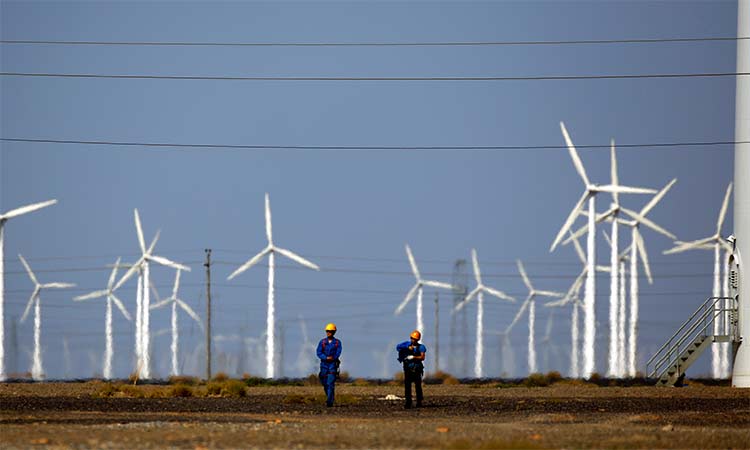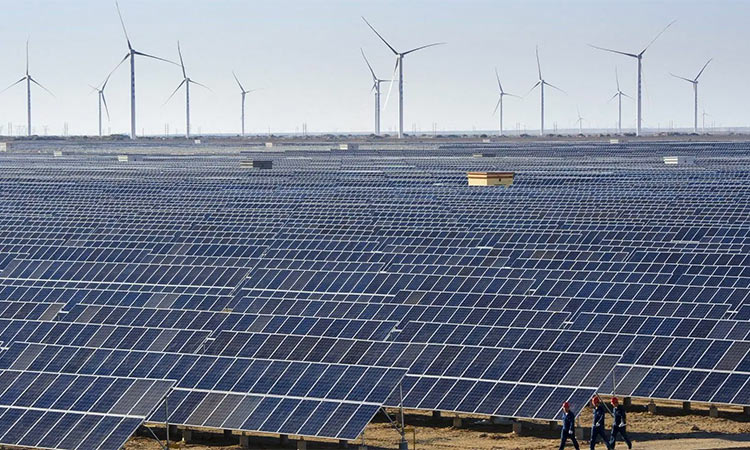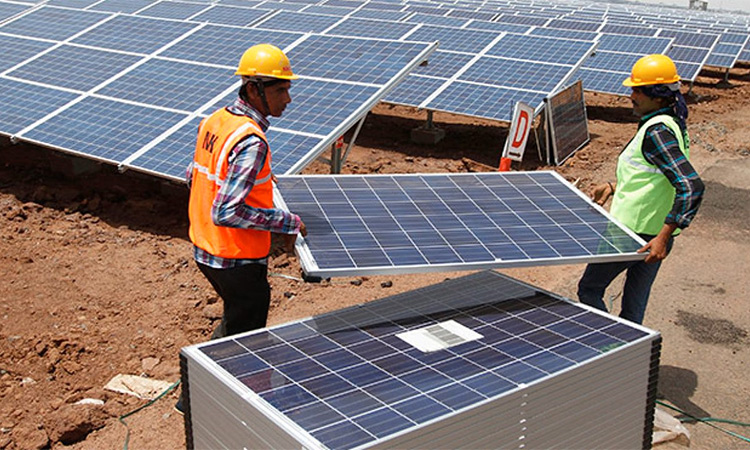Indian wind energy issues need more attention

Meena Janardhan
Writer/Editor/Consultant. She has over 25 years of experience in the fields of environmental journalism and publishing.

India has fourth highest wind power installed capacity in the world.
In 2014, the installed capacity of wind energy was eight times that of solar energy in India. Now, eight years later, in 2022, the solar energy installed capacity has not only surpassed the wind energy capacity but continues to expand exponentially. As reported by Mongabay-India, the standing committee report highlighted challenges for wind energy growth in the country and recommended bringing wind power capacity addition back on track.
The committee compared the growth of wind to that of solar energy to underline problems faced by the wind sector. In March 2014, the country had 21,043 MW installed wind capacity as compared to 2,632 MW of solar power. In the past eight years, solar capacity addition has increased by 2,064% while wind energy has added 93% capacity. On May 31 this year, the cumulative installed capacity of wind power was 40,706 MW as compared to 56,951 MW of solar power. In response to the committee, the government attributes several reasons for this slow growth of wind energy capacity, one of them being the change in tariff regime. India was following the Feed-in-Tariff model till 2017. That year, the country introduced a bidding mechanism to foster competition in the market. This in turn had an impact on capacity addition. While in 2016-17, India added 5,502 MW of wind power capacity, since 2017, the capacity addition has been less than half — 2,000 MW in 2019-20.
Other than this change in tariff regime, factors such as low availability of wind-rich sites and payment issues from discoms (distribution companies) were cited as hurdles in the path of wind energy capacity addition, by the committee. It recommended that, “The wind energy sector should be given due priority vis-à-vis solar energy sector in order to maintain a balanced energy mix and also to allow the sector to reach its potential.”
The committee report added, “The wind power projects have been delayed due to the COVID-19 pandemic during the last and current financial year (i.e., 2020-21 and 2021-22). The industry reported that there has been supply chain disruption and shortage of skilled manpower during the pandemic. Further, the second surge of pandemic was followed by monsoon season in various parts of the Country. It has delayed the commissioning of projects and targets in the wind energy sector. Around 9 GW of wind power projects … were under various stages of implementations during the pandemic, which were negatively impacted.’’
As per the committee report, India has fourth highest wind power installed capacity in the world. In 2015, due to commitments made at CoP-21 in Paris, the Government of India has set a target for installation of 175 GW of renewable energy capacity by the year 2022, which includes 60 GW from wind power. Recently, at CoP-26 in Glasgow, India has again made a commitment to increase its non-fossil fuel based installed energy capacity to 500 GW by 2030. According to Mongabay-India’s report. in response to the standing committee query about wind energy’s share of 500 GW of target by 2030, the government has informed that it would be 140 GW. This is a Central Electricity Authority’s (CEA) estimate that the government has quoted.
Mongabay-India adds that, however, such an estimate comes with certain caveats. While there is a significant potential for wind energy generation in the country, not all sites are lucrative enough and most are concentrated in certain states. The committee’s report states, “In order to make the tariff commercially attractive, the wind power installation sites chosen are those which have an annual average Capacity Utilization Factor (CUF) of at least 30%.” The majority of wind resource potential sites are geographically limited. As per the committee report, 97% of these sites are concentrated in eight states – Gujarat, Tamil Nadu, Andhra Pradesh, Madhya Pradesh, Karnataka, Maharashtra, Telangana, and Rajasthan.
Similarly, the standing committee has listed several other bottlenecks. One of them is the introduction of reverse auction. “Best windy sites are already utilised by old turbines, renewable energy overdue to discoms, states not abiding by the Renewable Purchase Obligations (RPOs) are a few other barriers, the sector is facing,” the committee finds. It has offered several recommendations and has called for urgent action and implementation.







